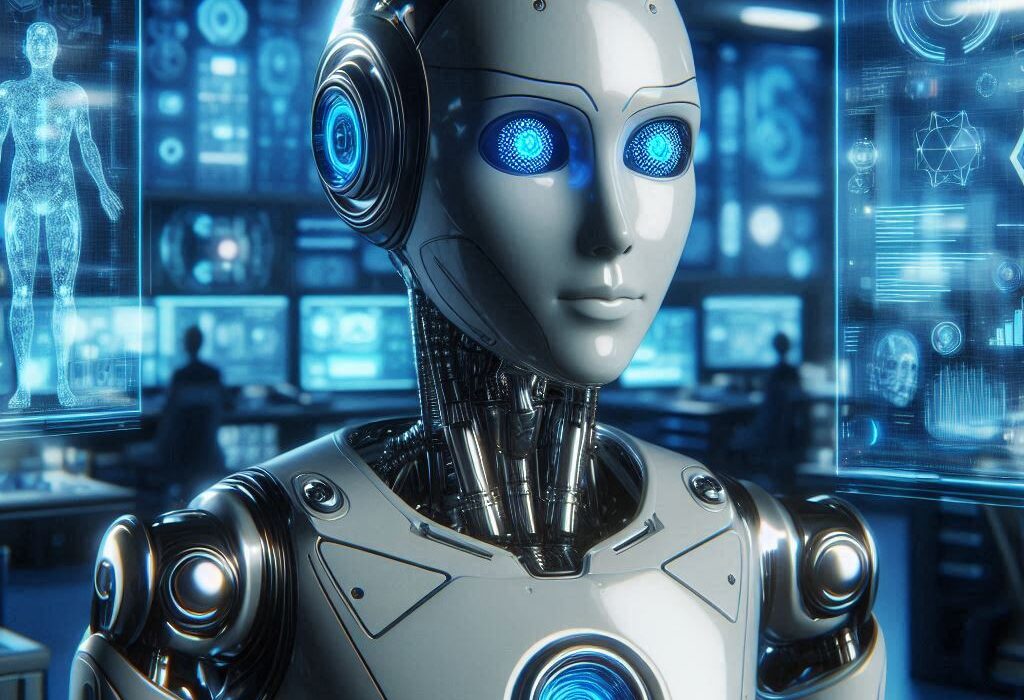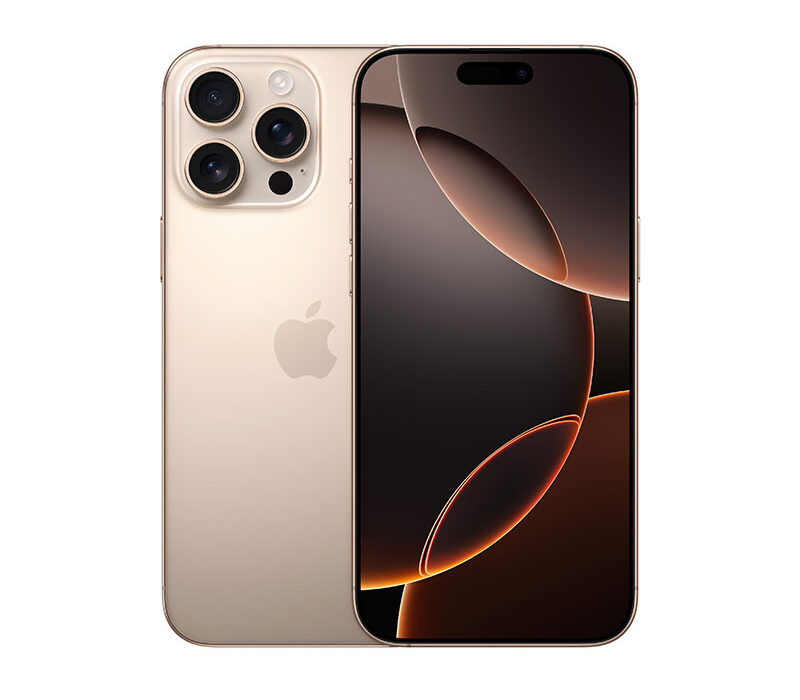In the quiet of a bedroom at 2 a.m., a young woman named Lena lies awake, tears sliding into her hair. The weight in her chest feels physical, as though someone is pressing her heart between cold palms. She needs help. But therapy is expensive, and the idea of pouring her soul out to a stranger under fluorescent lights feels unbearable.
Instead, she picks up her phone and opens an app. A small, pulsing circle waits on the screen. She types:
“I feel worthless.”
The reply appears almost instantly: “I’m sorry you’re hurting. Can you tell me what’s making you feel this way?”
It’s not a human therapist typing those words. It’s an artificial intelligence.
Lena wipes her cheeks and types back. The conversation stretches into the night. And, somehow, when she finally drifts into uneasy sleep, she feels a little less alone.
Is this the beginning of a revolution—or a dangerous illusion?
The Unseen Crisis
Long before AI arrived, the world faced a silent epidemic. Depression, anxiety, trauma, grief—they were ancient afflictions, but the modern world poured gasoline on the fire. According to the World Health Organization, around one in eight people globally lives with a mental disorder. In the United States alone, nearly half of adults will experience a mental health condition at some point.
Yet the gap between those who suffer and those who receive help yawns like a canyon. Cost, stigma, long waitlists, cultural barriers—all stand in the way. Even in wealthy nations, there simply aren’t enough therapists to meet the demand. The global mental health workforce shortage is measured in hundreds of thousands, if not millions, of professionals.
Meanwhile, we live in the age of immediacy. People crave help now, not six months from now. They’re seeking support on their lunch breaks, in the bathroom stall, at midnight. And increasingly, they’re turning to apps and chatbots that promise mental health support—without appointments, without judgment, and often without cost.
Technology has come for many industries. Now it’s knocking at the door of therapy itself.
A Brief History of Talking to Machines
In 1966, at MIT, a computer scientist named Joseph Weizenbaum created a program called ELIZA. It was astonishingly simple: ELIZA mimicked a Rogerian psychotherapist, reflecting users’ statements back as questions.
User: “I’m unhappy in my relationship.”
ELIZA: “Why do you say you’re unhappy in your relationship?”
People were captivated. Some spilled secrets they hadn’t told anyone. Weizenbaum was horrified. He’d built ELIZA as a parody, a demonstration of how superficial machine understanding could be. But users grew attached, believing the program understood them.
This was the first hint of the power—and peril—of machine conversations. A simple script could evoke deep human emotion.
In the decades that followed, AI evolved from pattern-matching scripts to sophisticated natural language models. With advances in machine learning, especially in neural networks and large language models (LLMs), machines began to produce text indistinguishable from human writing. Programs like ChatGPT and others could converse with empathy, adapt to user inputs, and maintain a conversation’s emotional tone.
Mental health apps rushed to integrate these tools. The field was ripe for disruption—but therapy isn’t just another industry. It’s the place people bring their most fragile selves.
Why People Turn to AI
The appeal of AI-based therapy is undeniable. It’s always available. It doesn’t judge. It’s private. For those afraid of stigma or lacking financial means, an AI chatbot can feel safer than a human.
A study in JMIR Mental Health found that users felt comfortable sharing personal information with mental health chatbots, sometimes even more than with human therapists. The anonymity lowers barriers. People confess secrets, admit dark thoughts, and explore feelings they’d otherwise suppress.
For immigrants or people in remote areas, AI apps can offer conversations in dozens of languages. They’re accessible to people who might never enter a therapist’s office.
And AI doesn’t get tired. It doesn’t carry emotional baggage from one patient to another. There’s no therapist burnout—a real and devastating problem in mental health care.
So, could AI replace human therapists?
The short answer is no. But the longer answer is far more complex—and fascinating.
What AI Can Actually Do
Modern mental health apps powered by AI range from simple mood trackers to sophisticated conversational agents. Some, like Woebot, are built specifically for mental health, offering brief cognitive-behavioral therapy (CBT) interventions. Others are general-purpose language models adapted for empathetic conversation.
Scientific studies have found real benefits. For instance, a randomized controlled trial published in JMIR Mental Health showed that users of Woebot reported significant reductions in depression and anxiety symptoms over two weeks. Other research suggests that conversational AI can improve engagement and adherence to therapeutic exercises.
AI excels at delivering structured interventions like CBT, which often rely on predictable frameworks. “Identify the distorted thought. Challenge it. Replace it with something healthier.” These steps lend themselves well to algorithmic logic.
Moreover, AI can track patterns across time. It can analyze users’ language for warning signs of worsening depression or suicidal ideation. A human therapist might miss subtle shifts in tone from week to week, but AI can quantify them.
It’s here that AI could become not just a helper but a powerful diagnostic tool, flagging patients at risk and alerting clinicians. Imagine an AI gently nudging someone: “You’ve mentioned feeling hopeless more often this week. Would you like to connect with a human therapist?”
Yet AI has profound limitations. Therapy isn’t just a flowchart. It’s a relationship. It’s the look in the therapist’s eyes. The careful pause before a question. The embodied presence that signals safety.
No AI can fully replicate that human presence—at least, not yet.
The Illusion of Understanding
AI’s greatest strength—its ability to mimic human language—is also its most dangerous illusion. Large language models don’t understand the way humans do. They predict words based on patterns in enormous datasets. They have no consciousness, no emotions, no genuine empathy.
Consider a scenario: A user tells a chatbot they want to die. The chatbot might respond appropriately, even offering helpline numbers. But it doesn’t feel alarm. It doesn’t read the urgency in a voice. It can’t look into eyes and sense a hidden plan.
In 2020, OpenAI’s GPT-3 made headlines when a user asked it for advice about suicide. In some instances, GPT-3 provided concerning responses, including language that could be interpreted as encouraging self-harm. This sparked an industry-wide recognition of how dangerous unsupervised AI can be in mental health contexts.
Responsible developers now build guardrails into AI apps. Many are programmed to immediately escalate severe risk conversations to human professionals. Yet these systems remain imperfect.
There’s also the issue of hallucination—AI’s tendency to produce confident but false information. A chatbot might spout incorrect mental health advice, invent statistics, or misinterpret a user’s symptoms.
In therapy, trust is sacred. A single wrong response could destroy that trust—or worse, endanger a life.
Human Connection: More Than Words
The best therapists bring more than training. They bring humanity. They see clients as whole people, not as problems to solve. They offer presence, warmth, and a safe container for pain.
Therapy is also embodied. A therapist reads posture, breath, trembling hands. They notice a micro-expression when a client mentions a parent’s name. These subtle signals guide interventions.
Psychologist Carl Rogers, who revolutionized therapy with his client-centered approach, believed that genuineness, empathy, and unconditional positive regard were the core conditions for healing. Machines can simulate empathy with words—but not genuine presence.
Even when AI delivers therapeutic techniques, some people feel an emptiness. As one user of an AI therapy app said in an interview: “It was helpful. But I still felt like I was talking to myself.”
Can AI Be Part of the Solution?
Despite its limits, many mental health experts see AI not as a replacement for therapists, but as an invaluable tool. Imagine AI as a mental health first responder—offering immediate support when someone is in distress, guiding users through evidence-based exercises, or helping maintain progress between sessions.
It could become a force multiplier for human therapists, handling routine check-ins or screening assessments so that human clinicians can focus on complex cases.
AI can also help reach communities historically excluded from mental health care. In some cultures, stigma makes therapy taboo. A chatbot offers anonymity and removes cultural barriers. Apps are experimenting with culturally sensitive versions, tailored to specific linguistic and cultural contexts.
In crisis situations, AI can provide immediate responses while human support is being arranged. It can help triage cases, ensuring those at highest risk get urgent care.
Moreover, AI is tireless in gathering data. Aggregated (and anonymized) patterns could reveal societal trends in mental health, potentially guiding public health interventions.
But this promise comes with ethical landmines.
Ethical Storms on the Horizon
Therapy is intimate. When a human therapist records notes, those notes are protected by confidentiality laws like HIPAA in the U.S. But what about AI apps?
Many mental health apps have been criticized for sharing user data with advertisers or failing to secure data properly. A 2022 report from Mozilla found that mental health apps ranked among the worst for privacy protections, with some transmitting sensitive user information to third parties.
When someone pours their heart into a chatbot, they may assume privacy. Yet without ironclad regulations, personal data could be sold or misused.
There’s also the danger of over-reliance. Someone like Lena might use a chatbot as her only outlet, delaying seeing a human professional until a crisis erupts.
And AI systems reflect the biases in their training data. They might misunderstand cultural contexts or offer advice unsuitable for certain communities.
Responsible development demands strict ethical standards, transparency, and oversight. The stakes couldn’t be higher.
The Neurobiology of Connection
Science increasingly shows that human connection isn’t just psychological—it’s biological. When a person sits with an empathetic therapist, oxytocin levels rise. Heart rates synchronize. Brain scans show changes in activity in areas linked to emotion regulation.
Therapy physically alters neural pathways. It reshapes how people process threats, manage emotions, and perceive themselves.
Can a chatbot produce similar neurobiological changes? We don’t know. Early research suggests that users feel better after using AI apps. But is this the same as true therapeutic change? Scientists are only beginning to study this question.
The human nervous system evolved over millennia to detect safety in another’s presence. A machine, no matter how cleverly programmed, might never replicate that signal of safety encoded in a therapist’s soft voice and attentive gaze.
AI in the Therapy Room
Some therapists are already integrating AI into their practices. Apps analyze session recordings, flagging possible issues, or tracking client progress over time. Others use chatbots as homework tools between sessions.
But many clinicians remain skeptical. They fear that algorithms could reduce therapy to checklists, stripping away the artistry and intuition at its heart.
Still, others see opportunity. AI could relieve therapists of tedious paperwork. It might help screen for conditions like PTSD or OCD, where early detection is critical. It could offer personalized recommendations based on mountains of clinical data.
Perhaps the therapist of the future will be part human, part machine—a hybrid model where AI handles certain tasks while humans remain the core of healing.
The Mystery at the Center
Ultimately, the question is not whether AI can perform therapy. It’s whether it should.
Therapy is a journey into the human soul. It’s where shame, fear, longing, and joy all tumble into the light. It’s where secrets emerge and wounds find words. Can a machine be a true companion on that path?
Some people may prefer the anonymity and non-judgmental space of a chatbot. For others, the irreplaceable warmth of a human connection will always be essential.
Einstein once said, “The intuitive mind is a sacred gift, and the rational mind is a faithful servant.” Perhaps AI is destined to be the faithful servant—a tool to enhance therapy, not replace it.
Toward an Uncertain Future
In the coming years, AI will grow more sophisticated. Models will learn context, emotion, and nuance. Virtual avatars may even replicate facial expressions and body language. We might one day talk to holographic therapists whose eyes seem to shimmer with understanding.
Yet no matter how real the illusion becomes, it will remain an illusion. The digital spark is not the human soul.
Still, the potential for good is undeniable. AI could make mental health care more accessible than ever. It could save lives. It could help millions who would otherwise suffer in silence.
For Lena, at 2 a.m., AI was better than nothing. And sometimes, “better than nothing” is the first step toward healing.
As humanity stands at this crossroad, one truth remains: Our longing for connection is as old as our species. Whether delivered by human hands or silicon circuits, the future of therapy will always orbit around that fundamental need—to be seen, to be heard, and to know we’re not alone.






